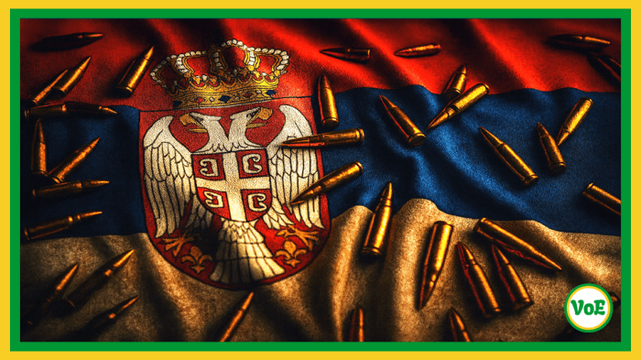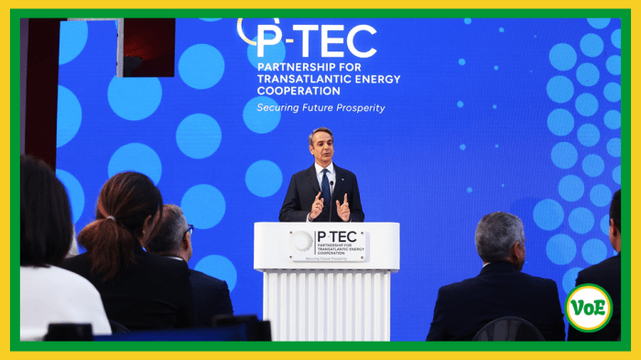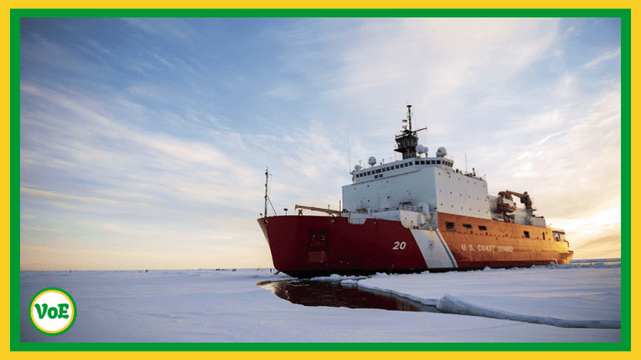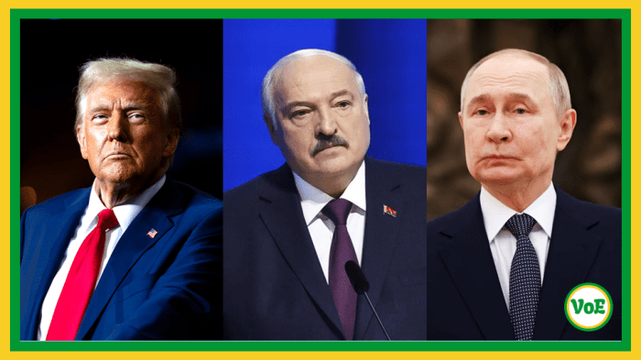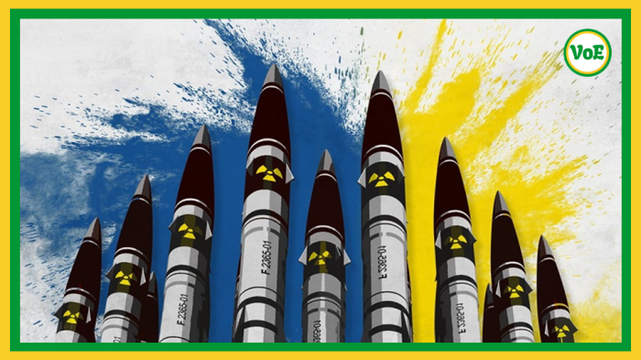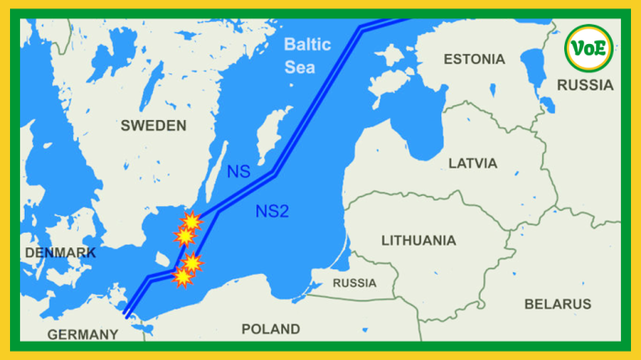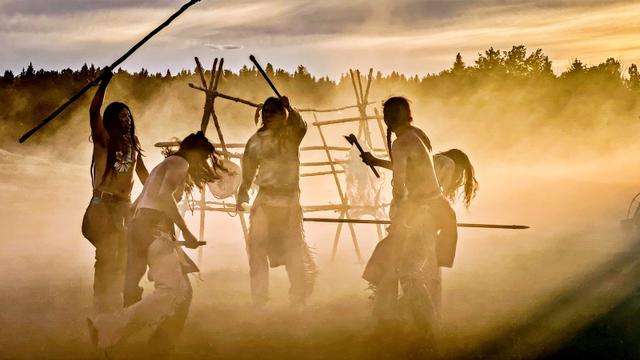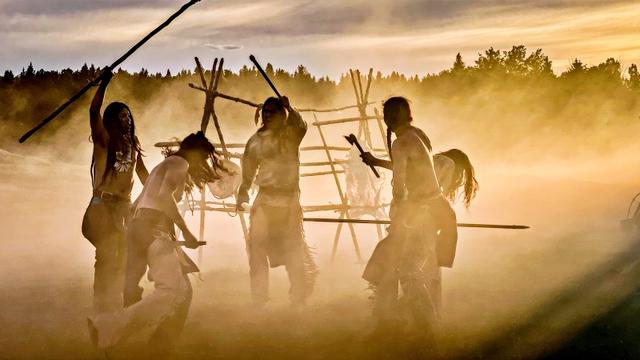Serbia’s Continued Arming Of Ukraine Risks Rupturing Relations With Russia
Serbia’s Continued Arming Of Ukraine Risks Rupturing Relations With Russia
Everything is proceeding according to the US’ plan, which Vucic might have even secretly agreed to.
Serbian President Aleksandar Vucic recently told German media that his country is eager to clinch large-scale ammo deals with the EU and doesn’t care whether they then pass his country’s wares on to Ukraine. Kremlin spokesman Dmitry Peskov responded to this by claiming that Russia “understands what unprecedented pressure is being put on Serbia” and that the issue is “not at all a simple story”, but nobody should fool themselves into thinking that it’s pleased with the latest development in this saga.
Russia’s Foreign Intelligence Service (SVR) accused Serbia of backstabbing it last May by indirectly arming Ukraine, after which Vucic resorted to his typical smooth-talking to promise that he won’t authorize any more ammo exports. This coincided with SVR claiming that this trade never stopped. In early August, Serbia then sent mixed signals about sanctioning Russia, which came roughly two months before Trump 2.0’s first sanctions against Russia. These imposed strict restrictions on its energy companies.
This coincided with unrelated US sanctions on Serbian national energy company NIS from earlier this year taking effect after it wasn’t granted another postponement. The Energy Minister accordingly warned in late October that its only oil refinery will run out by 25 November without new crude supplies, which it hasn’t been able to receive. This contextualizes Vucic’s eagerness to resume indirectly arming Ukraine since he might conceptualize this as part of a compromise for sanctions relief.
On the other hand, Vucic is nowhere near as close to Trump as the latter’s political ally Viktor Orban in Hungary is, who just obtained an exemption. This will certainly help his party during April’s next parliamentary elections and likely keep him in office for another term. By contrast, Serbia’s next elections will be held by the end of 2027, but Vucic said that he’ll move the date up. Any sanctions-instigated economic turmoil by then could ill for his party and possibly lead to a change in government.
Vucic is under what he and SVR consider to be Colour Revolution pressure, the purpose of which appears to be punishing him for not going all the way in risking a rupture of relations with Russia by sanctioning it and openly arming Ukraine. He’s now explicitly defying his country’s traditional partner by expressing his eagerness to clinch large-scale ammo deals with the EU for arming Ukraine as part of NATO’s proxy war against Russia but hasn’t yet nationalized NIS, seized Russia’s other assets, and sanctioned it.
That might be just around the corner though if Trump predictably doesn’t grant Vucic a waiver after the latter resuming indirect arms exports to Ukraine and then he goes through with the rest of the US’ implied anti-Russian demands as a last-ditch attempt to secure relief from the sanctions and/or protests. It’s also hypothetically possible that the aforesaid sequence was agreed to in advance and that whatever public drama might then unfold would be a ruse for facilitating a phased leadership transition.
Vucic already declared over the summer that he won’t change the constitution to run for re-election so he’s on the way out no matter what if he keeps his word as is likely lest he risk more unrest if he doesn’t. In exchange for avoiding corruption charges by whichever even more pro-Western figure succeeds him and/or personal sanctions by the West on the same pretext, he might have agreed to set into motion the rupturing of Serbian-Russian relations, which is arguably unfolding and might ultimately be inevitable.
Disclaimer: The views expressed in this article are author’s own and do not necessarily reflect the editorial policy of Voice of East.
#DonaldTrump #EU #Geopolitics #NATO #Russia #Serbia #SVR #TheWest #Ukraine #USA
